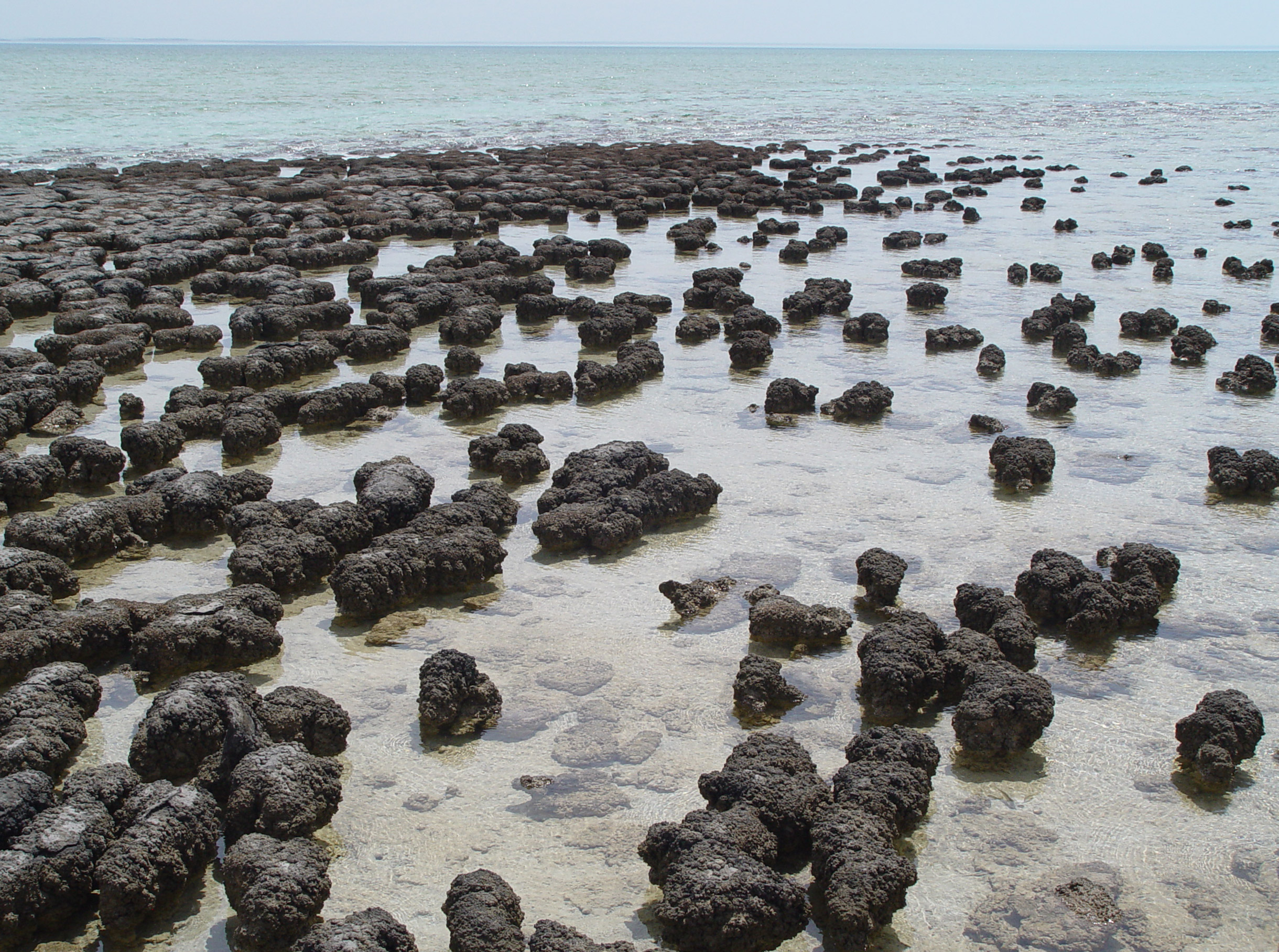The Paths to Multicellularity Are Many

Here on earth, life has evolved multicellularity dozens of times since the first proto-biological forms took shape — at least 25 times according to Grosberg and Strahmann. There is no need to teleport to the past, however, as we can now observe directly this metamorphosis by experiment alone.
In the past month two separate trials with single-celled yeast have shown how yeast respond in the face of different selection pressures. Instead of separating from the mother cell into two distinct daughter cells (mitosis), or untethering itself from the parent cell after maturity (budding), new yeast cells globbed together in both of the experiments, creating an amorphous blob geared to outcompete its neighbors. That is, the transition from unicellularity to multicellularity has now been observed and monitored in the lab.
This increase in mass provides various functional benefits, such as conforming to a sucrose-based diet in the case of the trial at Harvard.
This latest experiment at Harvard (and various others like it) illustrates elegantly the degree to which biology is shaped by its environment. Changing up food sources or food scarcity can dramatically reshape populations as natural selection determines which individuals are better suited to the latest pressures operating in their habitat. This bottom-up process of “design by adaptation” is a one of great ingenuity and flexibility.
External link: Another Path For Evolving Bodies
Feature image credit: Wikimedia Commons


Comments